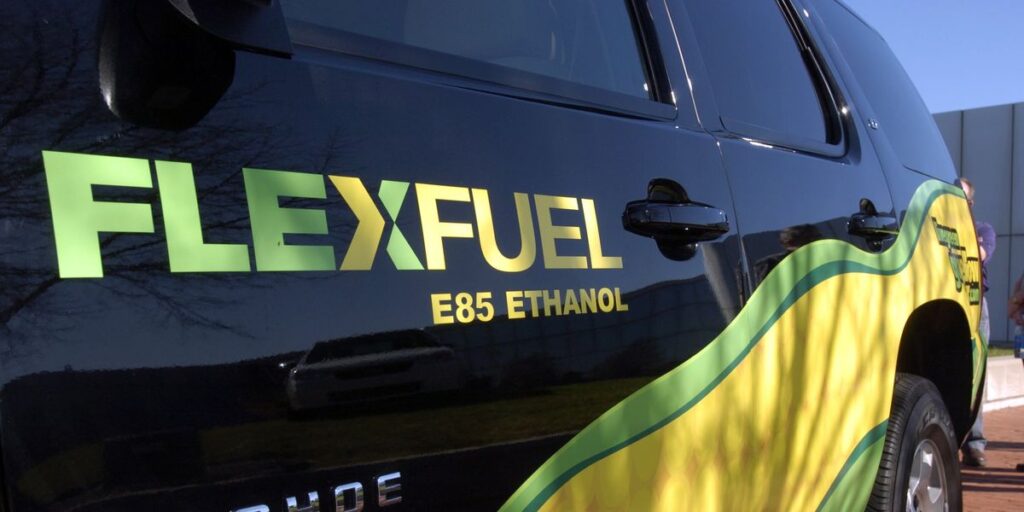
Flex Fuel: Paving the Way Towards Sustainable Energy
In today’s rapidly evolving world, the demand for alternative energy sources is on the rise. In this changing landscape, one significant solution is Flex Fuel, which provides a sustainable, high-performance, and cost-effective energy source. In this blog, we’ll delve into Flex Fuel in detail and understand its benefits.
What is Flex Fuel?
Flex Fuel is a type of fuel used as an alternative fuel. It is a blended fuel primarily consisting of methanol and petrol. Flex Fuel can be used in vehicles that support this technology.
Benefits of Flex Fuel:
1. Environmental Sustainability:
Using Flex Fuel helps reduce air pollution and decreases the emission of harmful gases. This promotes our environmental responsibility and contributes to a cleaner future.
2. Affordable and Available:
Methanol production is widespread in almost all regions, making Flex Fuel readily available and affordable compared to traditional fuels.
3. Vehicle Safety:
Flex Fuel enhances responsiveness and vehicle safety. It improves engine performance and keeps the engine healthy for longer durations.
Using Flex Fuel:
To use Flex Fuel, vehicles must be compatible with this technology. Most new model cars and motorcycles support Flex Fuel, but older models may not. It’s essential to check vehicle compatibility before switching to Flex Fuel.
Environmental Impact:
The use of Flex Fuel significantly reduces greenhouse gas emissions compared to conventional fuels. This helps combat climate change and contributes to global efforts to reduce carbon footprints.
Economic Benefits:
Flex Fuel offers economic advantages by providing a cheaper alternative to traditional fuels. It reduces fuel costs for consumers and encourages the use of renewable energy sources.
Government Support:
Many governments worldwide support the adoption of Flex Fuel technology by providing incentives and subsidies. This encourages consumers to switch to eco-friendly fuels and promotes sustainable energy practices.
Challenges and Solutions:
Despite its benefits, Flex Fuel adoption faces challenges such as infrastructure development and consumer awareness. To address these challenges, governments and industries must invest in infrastructure and launch awareness campaigns to educate consumers about the advantages of Flex Fuel.
Conclusion:
Flex Fuel presents a promising solution for achieving sustainable energy goals. Its environmental, economic, and social benefits make it a viable option for transitioning towards cleaner energy sources. By embracing Flex Fuel technology, we can take significant steps towards a greener and healthier future for generations to come.